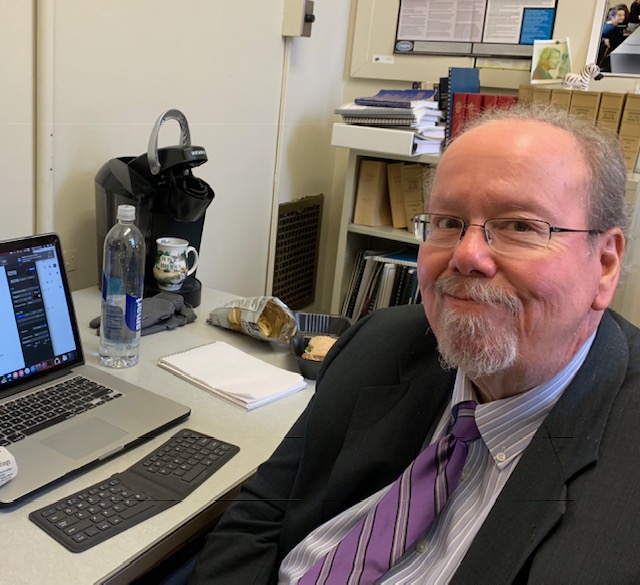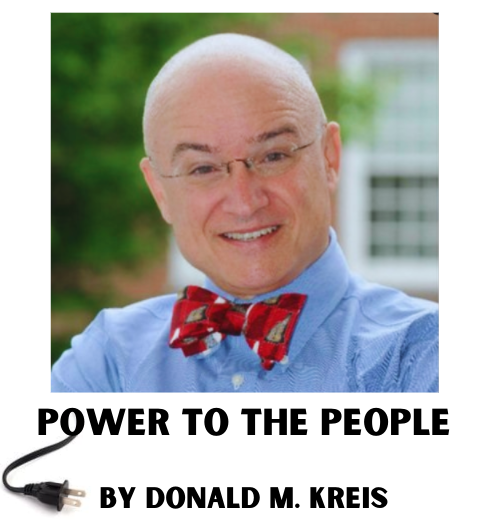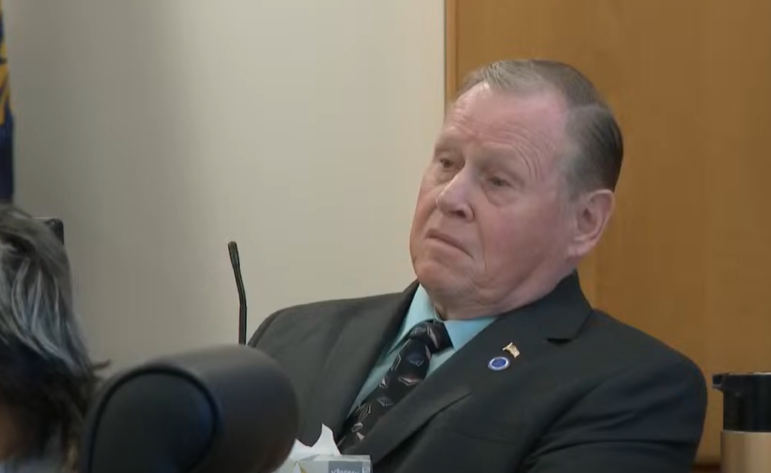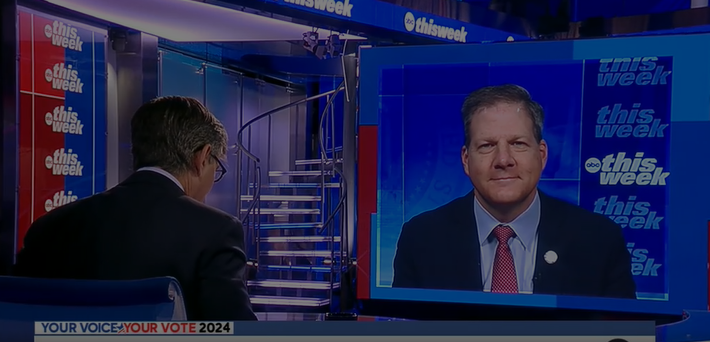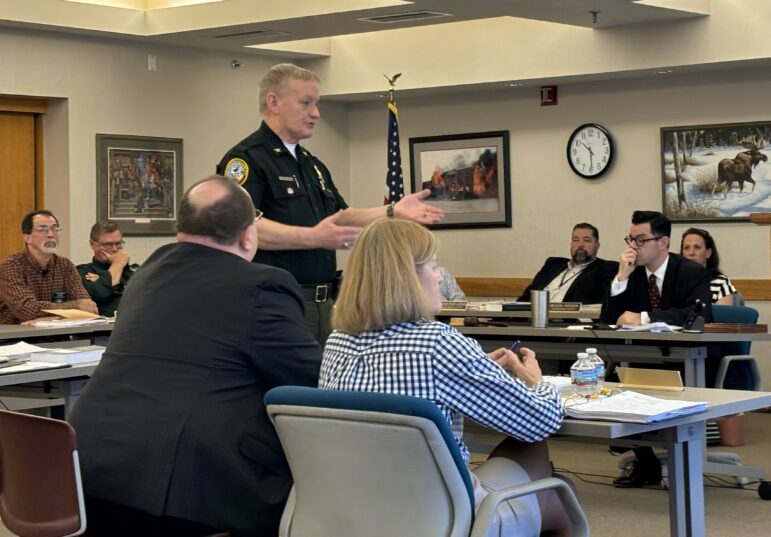
By GARRY RAYNO, InDepthNH.org
New Hampshire is experiencing its own 30-year war in the form of equitable public education funding.
And one of the battlefields for the most recent skirmish, the state Supreme Court, had to parse the latest disagreement in the ongoing conflict last week.
Four school districts from the Monadnock region — ConVal, Winchester, Mascenic and Monadnock — sued last year saying the state has failed to fully fund the cost of an adequate education as required by the state constitution.
The Claremont education lawsuit was the second brought against the state after lawmakers failed to follow through on an agreement that ended the first suit: fully funding the Augenblick formula at 8 percent for state aid to help property poor school districts.
Claremont and four other communities sued when the city’s high school lost its accreditation and could not afford the needed upgrades.
Since that time 30 years ago, there have been numerous court decisions in the case almost every one going against the state and its lawmakers as they sought to find a solution that did not upend the current fiscal system, i.e. reliance on local property taxes.
And that is one of the problems the state faces in the box it is in, granted much of it self-constructed.
The state Supreme Court’s original Claremont decision said every child in the state has a constitutional right to an adequate education paid for by the state.
Several years later, Claremont II said the current funding system based on local property taxes is unconstitutional because the rates vary widely across the state, while the state constitution says taxes have to be “proportional and reasonable.”
Lawmakers’ answer 25 years ago was a statewide education property tax. But since then the rate has been reduced to avoid “donor communities” that would have to pay their excess property tax revenue to property poor districts.
The property wealthy towns raise more than they need for the basic per-student state aid but are allowed to retain the money.
Currently the rate is set to produce $363 million annually, which stays with the local community. The rate varies depending on the state’s total valuation but is currently around $2 per $1,000 of assessed valuation.
Proportional
The proportional requirement is one side of the box the lawmakers are in and another is the duty to provide an adequate education and to pay for it.
Since the court’s decision, lawmakers have grappled with defining an adequate education. Initially they backed into the definition with the real goal keeping the costs as low as possible.
They did this by using education costs in Manchester and Nashua as the bottom line, due to the greater efficiencies of the large districts and then adding a little bit on top.
They used the state’s minimum standards as a guideline and then other essential items but not things like facility costs or debt, or the full cost of transportation to and from schools.
What constitutes an adequate education is found both in statute and in Department of Education rules. Nothing in either would be considered superfluous.
The next question is what does it cost per student to provide an adequate education, which is important because whatever it is, every school district has to receive the same basic aid before other factors are considered.
This court established this component when the state tried to give additional money to the poorest districts and reduce what went to other districts or what is referred to as the Londonderry decision in 2006. The court said it does not matter whether you are a property-poor or a property-rich district, the state has the same obligation to fund an adequate education for students.
Lawmakers have changed the formula over the years adding reading proficiency to what have been the traditional triggers for additional aid: children in poverty, special education or English language learners.
The basic per-pupil aid has not gone up much and currently is about $3,700 per student, which is why ConVal and the other districts filed suit.
They claim using the state’s methodology, the true cost is more like $10,000 per student although average actual costs statewide are about $16,000 per student, but that includes everything like sports, etc.
Last week, the current adequacy grant amount had two state Supreme Court justices — Gary Hicks and Patrick Donovan — saying common sense indicates it is too low, but state Solicitor General Daniel Will said the districts first have to prove they cannot provide an adequate education at that funding level before taking the next step and they did not.
He claimed the Superior Court ruling by Cheshire County Superior Court Judge David Ruoff is flawed because he based his decision on the districts’ actual costs, not the cost of adequacy.
In his oral argument, Will was careful not to say the $3,700 per student is adequate to pay for an adequate education.
The state Supreme Court is likely to take several months or longer to reach a decision.
The Pledge
What has been clear since lawmakers first started on their journey to find the cheapest solution to education funding, or some may say “ways to avoid meeting the court’s requirements,” you need a new large source of state revenue to provide a proportional tax to pay for the state’s share of education costs.
They first tried the statewide property tax, but since then used small steps such as during the drafting of the current biennial budget, which increased state aid for the first time since the new system was born. It used a budget surplus or most of the increase.
But so far there is no large source of new money because that comes up against another self-constructed wall, the pledge against any broad-based tax such as an income or sales tax.
This argument played out in the Democratic gubernatorial nomination this year, Executive Councilor Andru Volinsky, the lead attorney in the Claremont lawsuit, refused to take the pledge, while Senate Majority Leader Dan Feltes did in their bids to run as a Democrat against Gov. Chris Sununu.
Funding Commission
This argument over money and how it is raised is also before the Education Funding Commission studying ways to make the system more equitable for poor school districts and their children so they do not fall further behind than they already are.
The commission has a report done by a national research group that says not only is the system unfair to property taxpayers in property poor districts but to students whose educational outcomes lag behind students from property wealthy communities.
A solution the group proposed to provide an opportunity for every school district’s students to produce outcomes that are at least the state average, uses a statewide property tax.
The statewide property tax would be at a sufficiently high rate to redistribute significant money from property wealthy communities to those on the other end of the valuation spectrum.
But many commission members are reluctant to support that solution given the uproar 20 years ago from “donor communities” who sued successfully in Superior Court to end the practice.
Several commission members prefer to push significant amounts of state money to districts with the most need, but that runs afoul of the Londonderry decision.
Constitutional Amendment
The tried and true legislative solution has been a constitutional amendment removing court jurisdiction over education issues, but to date lawmakers have declined to provide enough support to put the question on the general election ballot.
Most communities benefited from the Claremont decisions making the state more responsible for education costs, and changing the constitution would allow lawmakers to again shift more and more education costs to the local level, not that they have not done that over the years, because they have.
But an amendment would take away the hammer of the court that lawmakers need to live up to their legal and constitutional obligations.
Over the years the box lawmakers have put themselves in is shrinking and at some point a real solution will need to be found or the state will face another protracted court proceeding.
Playing around the edges only prolongs the inequities and inequality that imprison poor communities and their children.
Garry Rayno may be reached at garry.rayno@yahoo.com.
Distant Dome by veteran journalist Garry Rayno explores a broader perspective on the State House and state happenings for InDepthNH.org. Over his three-decade career, Rayno covered the NH State House for the New Hampshire Union Leader and Foster’s Daily Democrat. During his career, his coverage spanned the news spectrum, from local planning, school and select boards, to national issues such as electric industry deregulation and Presidential primaries. Rayno lives with his wife Carolyn in New London.
InDepthNH.org is New Hampshire’s only nonprofit, online news outlet dedicated to reporting ethical, unbiased news and diverse opinions and columns.
